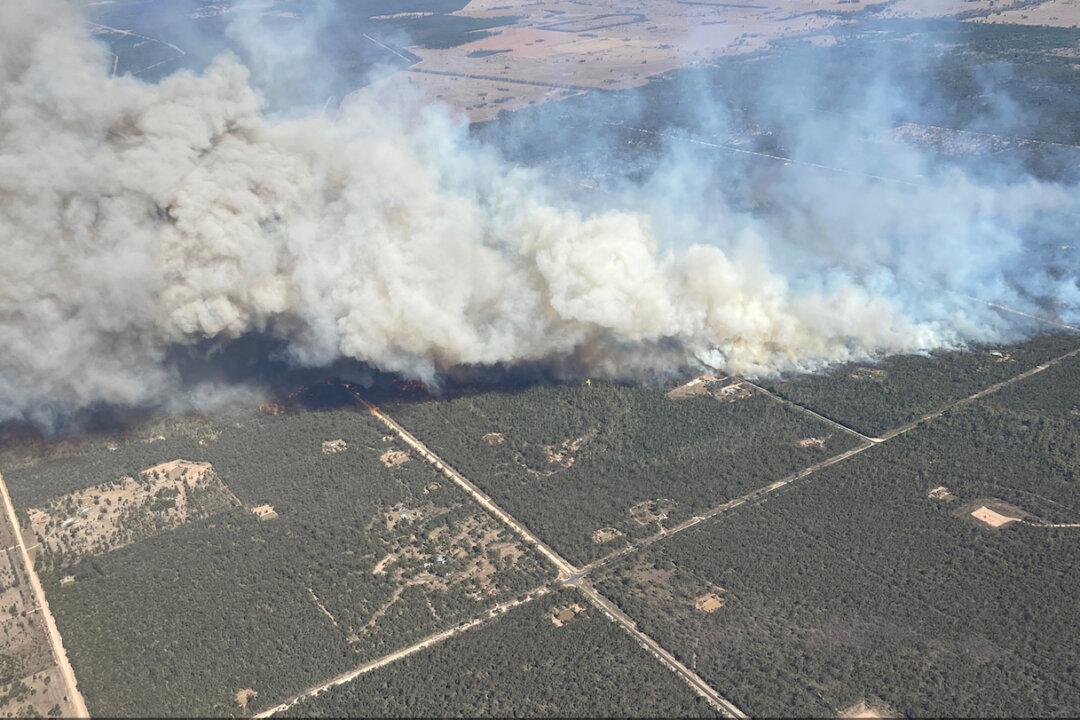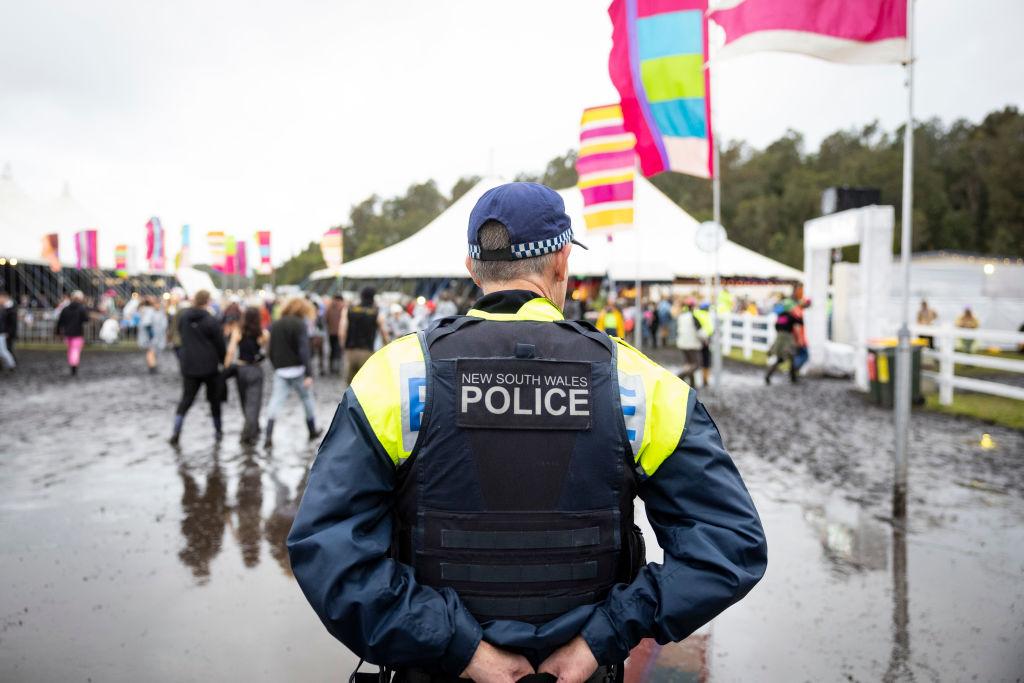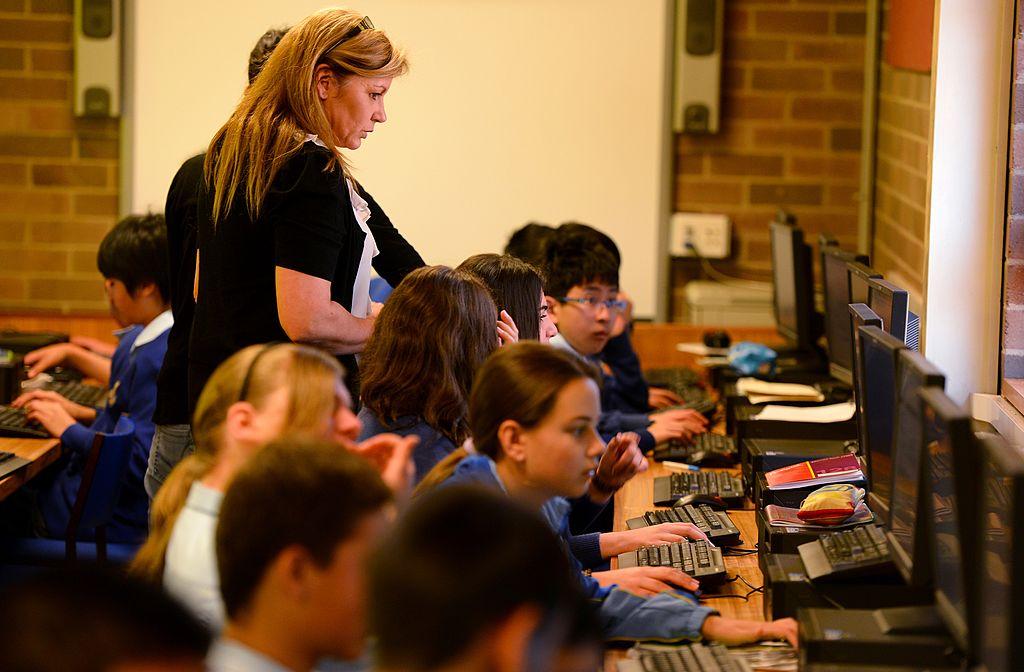Communities in Queensland, NSW, Victoria, SA and NT were urged to prepare for bushfires and monitor local conditions after an increased fire risk was detected.
According to a recent report (pdf) from the National Council for Fire and Emergency Services (AFAC), many Australian regions have seen increased fuel growth due to above-average rainfall throughout recent La Niña years, contributing to an increased risk of bushfires across locations in Australia during spring 2023.





